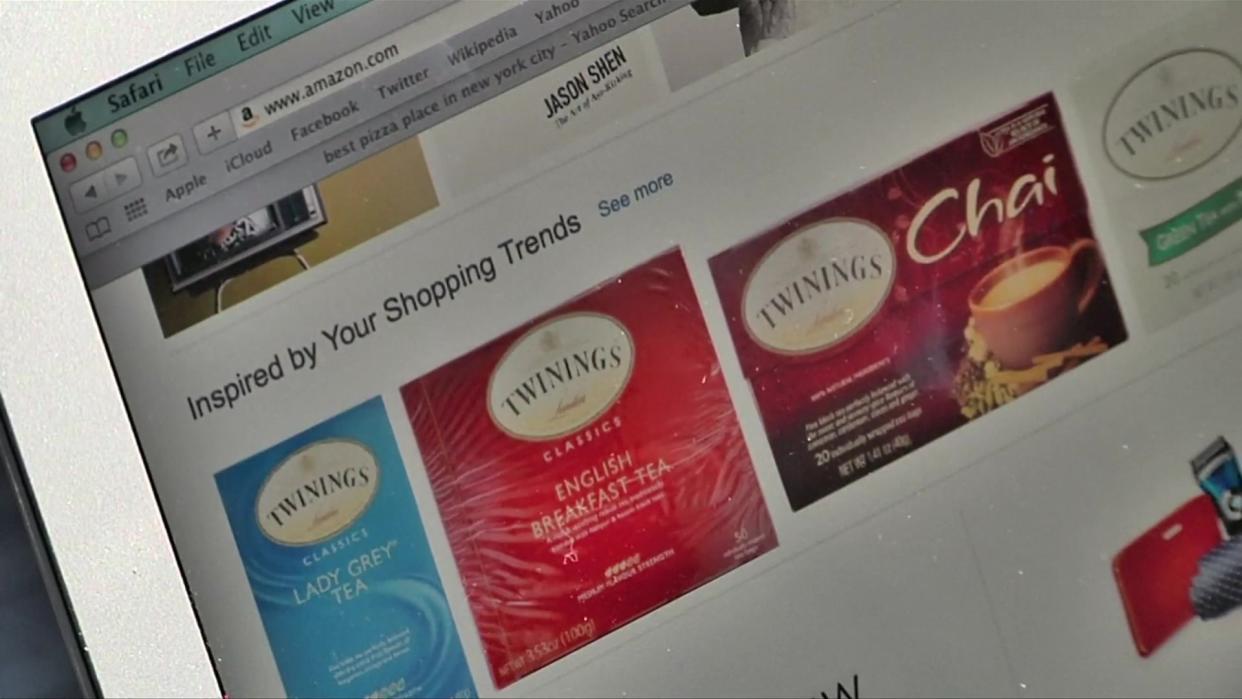Amazon may be trying to push customers into prime memberships

Why would Amazon risk ticking off customers with higher barriers for shipping? Because it wants more Prime members.
People hate paying for shipping. One of the ways Amazon used that to its advantage was by introducing aggressive free shipping benefits. Spend $25 with products coming from Amazon and you'd get shipping for free -- a great deal, even if you did have to wait longer. Then it increased the needed total to $35. That was a big increase, but still good.
More From Inc.com: The Coolest Places in the World to Hold a Meeting
And then the minimum jumped to $49 an order, unless you're buying just books, in which case it's still $25.
According to DealNews, consumers are not happy with the change. The deals site surveyed 1,360 people, 67 percent of whom didn't have Prime memberships.
View the best selling items on Amazon in February:
More From Inc.com: Gratitude Physically Changes Your Brain, New Study Says
The survey results said that 97 percent of the people who did not have Prime would stick to larger orders only because they didn't want to get dinged for the shipping charges. Just over half (52 percent) said they'd shop elsewhere as much as possible on principle.
On the surface, Amazon seems to have made a major mistake. But dig in a bit and the move might seem like a smart one.
More From Inc.com: 7 Super Effective Ways to Make Kindness a Habit
Prime is very important to Amazon. With 54 million U.S. members at $99 a year (although some percentage are likely student or other special pricing), as Consumer Intelligence Research Partners estimates, Prime translates into billions of annual revenue. Because Amazon is so tight on specific information, it's impossible to know how profitable the set of services is. But $99 a year is $8.25 a month. That includes video and audio streaming as well as second day shipping.
However, Prime isn't like Netflix. It doesn't have to make money on every aspect. If it does, that is great. If not, it must at least cement customers to the side of Momma Amazon so that they don't stray. According to CIRP, Prime members spend an average of $1,100 a year with Amazon, compared to $600 for non-members. That is a pretty compelling reason for the company to keep the program, especially after the price jump to $99 from $79 a couple of years ago.
Now the jump in free shipping minimums begins to make sense. Yes, people are upset. With Amazon's massive amount of data on its customers, particularly after the earlier Prime program price jump, management likely has a good idea of how many people will really be turned off, how many are dependent on the company, and the percentage that is likely to convert into Prime members. Amazon's most recent earnings release indicated that paid Prime memberships were up 47 percent in the U.S. and 51 percent globally. That's after the price hike.
People will get angry. Most won't put in the time and energy to find the same products over the number of different retailers they're likely to need for replacement sources. The result is likely to be even more Prime members. That's more cash coming in, possibly more margin, and plenty more purchases that further lock out competitors. Sometimes you have to let customers get mad and then get over it so you can improve the top and bottom lines.
RELATED: Strange Amazon items that were featured on 'Amazon Prime Day'
More from Inc.com:
3 Branding Tips From the Top 10 Viral Videos of 2015
7 Secrets to Finding More Time in a Day
Gratitude Physically Changes Your Brain, New Study Says
